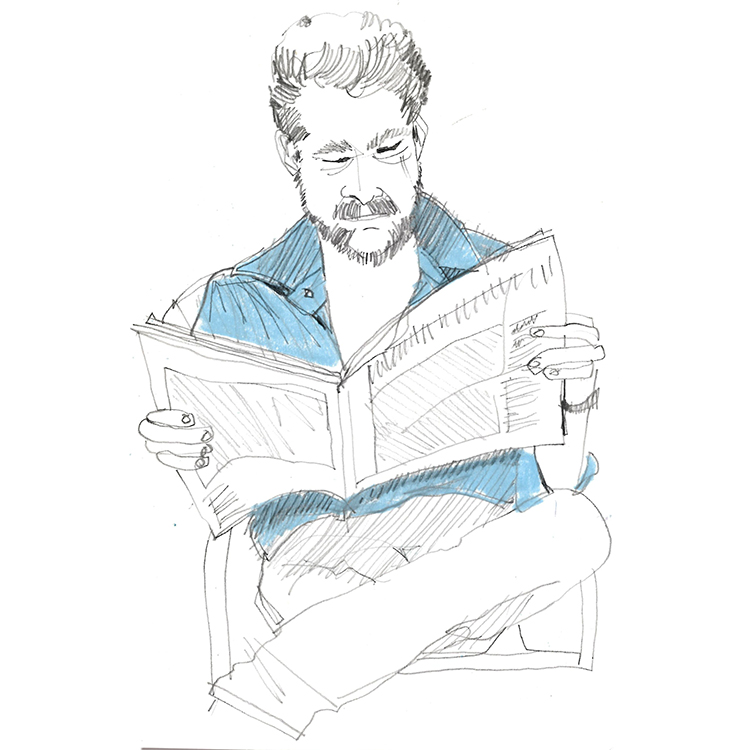Benchmarking gets a bad rap in the design industry. The reality is it can increase the opportunity to be creative..
A well-thought-out positioning strategy will identify the right problem/solution/service/client fit that translates into premium pricing or lower costs.
Design has become more complex as designers have to swap back and forth between traditional visual design and digital
Scaling a design business is not easy. The battle is to get new business then add designers…
Some creatives understand value pricing means upping rates. Billing more for the same work. And if there\’s not budget, saying no. But no a lazy response.
The health improvements of designers working a four-day week are known, but also understanding the monetary implications is vital.
One of the most common challenges in the creative industry is hiring. Clients hiring creatives. Creatives hiring creatives. Creatives hiring employees. Creatives hiring freelancers. All tough decisions … should you hire on skillset or attitude? On ability or potential? To job description or opportunity?
Here’s an exercise done to identify bad clients. It delivers valuable insights, especially if you repeat it a couple times a year.
Apart from productivity increases there are two ways to accrue money: firstly by adding a margin, secondly by adding profit. They are different beasts and we would argue you need both to build a sustainable businesses.
Taking on a design intern can be a win:win scenario. It adds diversity to a stable design team. Designers get management experience, interns get studio experience.
It’s a terrible feeling, the realisation the studio you nurtured and grew no longer brings you joy … but do not despair, there are tools and resources to help diagnose the problem and fix it.












